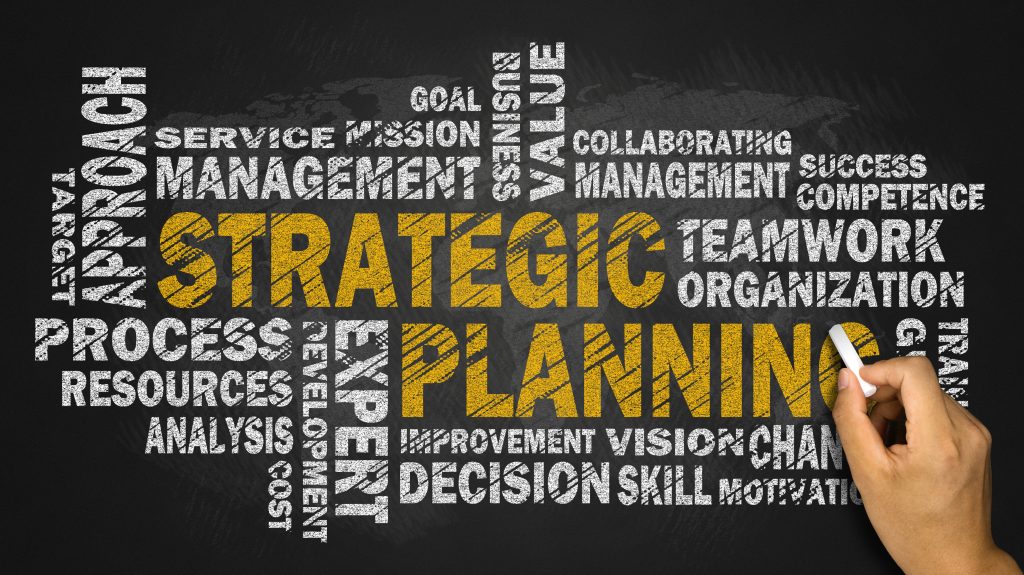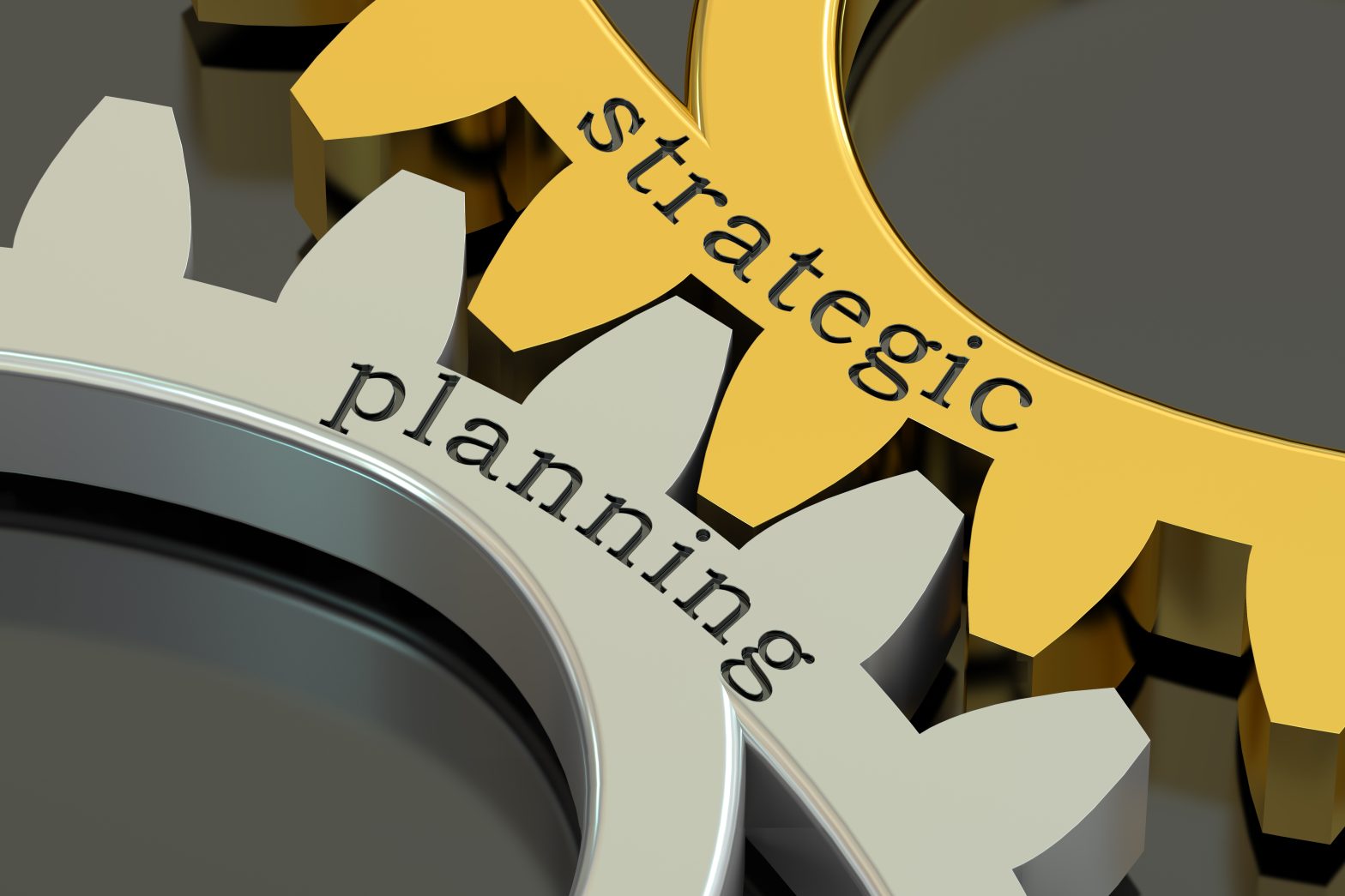Business Growth Toolkit: Strategic Planning for Sustainable Growth
Achieving sustainable growth requires strategic planning and foresight. This month’s toolkit provides actionable guidance and tools and empowers you and your team to develop a strategic growth plan that aligns with your organisation’s vision, values, and objectives. With these insights, you can confidently chart a course for long-term success.
Understanding Sustainable Growth
Definition and Importance
Sustainable growth is more than just expanding operations and revenues. It’s about doing so in a consistent, scalable, and socially responsible way. It’s about considering financial gains and environmental, social, and governance (ESG) factors. By doing so, you can ensure your business’s long-term viability and positively impact the world around you.
Key Elements of Sustainable Growth
- Vision and Mission Alignment: Ensure your growth strategies align with your core mission and long-term vision.
- Market Analysis: Regularly analyse market trends, customer needs, and competitor activities.
- Resource Management: Efficiently manage financial, human, and technological resources.
- Innovation: Foster a culture of innovation to stay ahead of market changes.
- Risk Management: Identify potential risks and develop mitigation strategies.

Setting Clear Objectives
SMART Goals
Use the SMART criteria to set clear and achievable goals:
- Specific: Define clear, specific objectives.
- Measurable: Ensure your goals are quantifiable.
- Achievable: Set realistic goals within your resource capacity.
- Relevant: Align goals with your business mission and vision.
- Time-bound: Establish a clear timeline for achieving goals.
Examples of SMART Goals
- Increase market share by 10% within the next 12 months.
- Launch three new products in the next two years.
- Achieve a 15% reduction in carbon footprint over the next five years.

Conducting a SWOT Analysis
Strengths, Weaknesses, Opportunities, Threats
A SWOT analysis, which stands for Strengths, Weaknesses, Opportunities, and Threats, is a strategic planning tool that helps identify internal and external factors impacting your growth strategy. It’s a crucial part of strategic planning as it allows you to assess your business’s current position and potential for growth.
- Strengths: Identify core competencies and unique selling propositions.
- Weaknesses: Recognise areas that need improvement.
- Opportunities: Spot market trends and new business opportunities.
- Threats: Be aware of potential challenges and competitive pressures.
Actionable Steps
- Leverage Strengths: Capitalise on what you do best.
- Address Weaknesses: Develop plans to improve or mitigate weaknesses.
- Seize Opportunities: Allocate resources to exploit new opportunities.
- Mitigate Threats: Develop contingency plans to address potential threats.

Developing Growth Strategies
Market Penetration
Increase market share in existing markets through:
- Enhanced marketing efforts
- Competitive pricing strategies
- Customer loyalty programs
Market Development
Expand into new markets by:
- Entering new geographic regions
- Targeting different customer segments
- Exploring new distribution channels
Product Development
Innovate and diversify your product offerings:
- Invest in R&D to create new products
- Improve existing products
- Explore complementary product lines
Diversification
Reduce risk by diversifying your business:
- Launch new products in new markets
- Acquire or merge with complementary businesses
- Explore vertical or horizontal integration

Creating an Action Plan
Strategic Initiatives
Identify key initiatives that will drive your growth strategy:
- Outline specific projects or programs
- Assign responsibilities and resources
- Define success metrics and KPIs
Implementation Timeline
Develop a detailed timeline for implementing your strategic initiatives:
- Break down initiatives into actionable steps
- Set milestones and deadlines
- Monitor progress and adjust as needed
Resource Allocation
Ensure you have the necessary resources to support your growth initiatives:
- Budget for financial resources
- Plan for staffing and talent development
- Invest in technology and infrastructure
Monitoring and Adjusting Your Plan
Regular Review
Establish a routine for reviewing your strategic growth plan:
- Schedule quarterly or bi-annual reviews
- Assess progress against KPIs and milestones
- Solicit feedback from stakeholders and team members
Flexibility and Adaptability
Be prepared to adjust your plan based on new information or changing conditions:
- Stay informed about market trends and changes
- Be open to feedback and new ideas
- Adjust strategies and tactics as needed

Fostering a Growth Mindset
Leadership and Culture
Cultivate a leadership team and organisational culture that supports sustainable growth:
- Encourage continuous learning and development
- Foster innovation and creativity
- Promote collaboration and open communication
Employee Engagement
Engage and empower your employees to contribute to growth initiatives:
- Provide opportunities for professional growth
- Recognise and reward contributions
- Encourage employee involvement in strategic planning.
Strategic planning for sustainable growth is not a one-time event but a continuous process that requires dedication, foresight, and adaptability. By aligning your growth strategies with your organisation’s vision, values, and objectives, you can achieve long-term success and positively impact your stakeholders and the broader community. Use this toolkit to guide your planning process, engage your team, and build a resilient, thriving business that can navigate the complexities of growth.
Don’t wait to empower your team with the insights and tools provided in this toolkit. Start now to navigate the complexities of growth and build a resilient, thriving business. The sooner you start, the sooner you’ll be on your way to sustainable growth.
If you enjoyed this, you might like to subscribe to our newsletter, visit our YouTube Channel or Podcast or read our latest work.


One comment